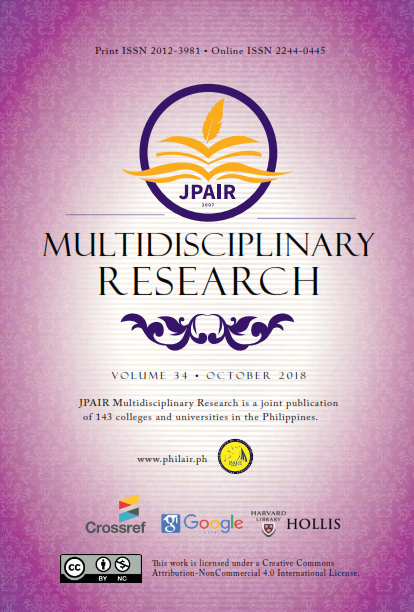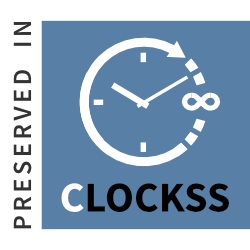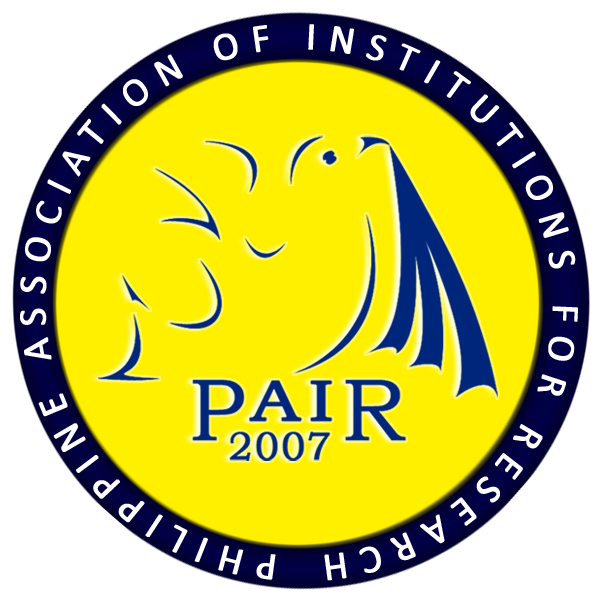Education, Second Courser, and non-College of Education Graduate's Performance in the Licensure Examination for Teachers of JRMSU-TC SY 2013-2016
DOI:
https://doi.org/10.7719/jpair.v34i1.633Keywords:
Licensure Examination for Teachers, Education Graduates, non-Education Graduates, second course, Descriptive Design, PhilippinesAbstract
Licensure Examination for Teachers (LET) is a standardized examination given to qualified graduates who wish to engage in the teaching profession in both elementary and secondary level. The examination is administered by the Professional Regulatory Commission twice in a year and set the passing percentage to 75%. The study employed a descriptive method of research in determining the LET performances of Education and non-Education graduates of Jose Rizal Memorial State University-Tampilisan Campus (JRMSU-TC). LET results coming from the Professional Regulatory Commission (PRC) were considered as the main data of the study. The present study considered 281 Elementary Education takers broken down into 168 BEED graduates and 113 non Education graduates, and 235 Secondary Education takers classified according to 75 BSED graduates, 127 Professional Education Certificate (PEC) graduates, and 33 non-College of Education (CED) graduates. The statistical measures used in the study were frequency count and percentage. The salient features were as follows: The Bachelor of Elementary Education (BEED) first takers performed well in the LET but combining their results with the repeaters, and non-education graduates, results barely surpass the national passing percentage. In the case of the Bachelor of Secondary Education (BSED), overall results indicated low performance in the LET or below the national passing percentage. Based on the findings of the study it was recommended to review the policies of the College of Education particularly on the entry and retention policies, faculty commitment, and the conduct of review classes and mock board.
Downloads
References
Adeyemo, K. S. (2015). Regulatory and skills requirements for higher education in the Philippines. Industry and Higher Education, 29(2), 89-92. Retrieved from https://doi.org/10.5367/ihe.2015.0249
Downloads
Published
Issue
Section
License
Copyright (c) 2018 Dana Faye T. Salundaguit

This work is licensed under a Creative Commons Attribution-NonCommercial 4.0 International License.
Open Access. This article published by JPAIR Multidisciplinary Research is licensed under a Creative Commons Attribution-Noncommercial 4.0 International (CC BY-NC 4.0). You are free to share (copy and redistribute the material in any medium or format) and adapt (remix, transform, and build upon the material). Under the following terms, you must give appropriate credit, provide a link to the license, and indicate if changes were made. You may do so in any reasonable manner, but not in any way that suggests the licensor endorses you or your use. You may not use the material for commercial purposes.





















